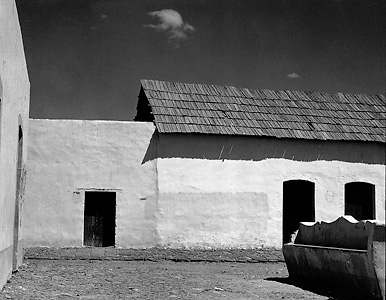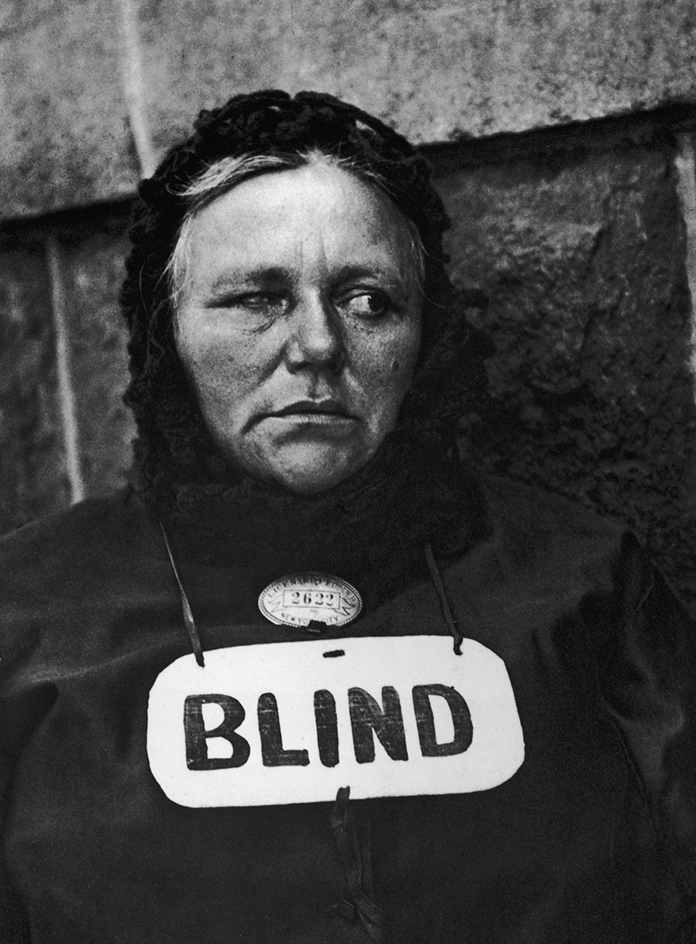Strand, Paul (1890-1976), an American photographer, helped develop photography as an art. Strand took detailed, focused photos that presented subjects simply and directly. He rejected the hazy, out-of-focus style that had become popular during the late 1800’s.

Some of Strand’s photographs show the influence of the cubist painters, who emphasized the basic geometric shapes of their subjects. To create a similar effect, Strand took photos of everyday objects, such as bowls and fences, from close and unusual angles. He later took detailed photographs of machines and landscapes.
In 1915, Strand began to take unposed portraits of people he saw on the streets of New York City. He later visited many countries, including Egypt, Ghana, Italy, and Mexico, and photographed the people for a book of pictures on each nation. From 1933 to 1943, Strand worked as a motion-picture cameraman and director.
Strand was born on Oct. 16, 1890, in New York City. He died on March 31, 1976.

